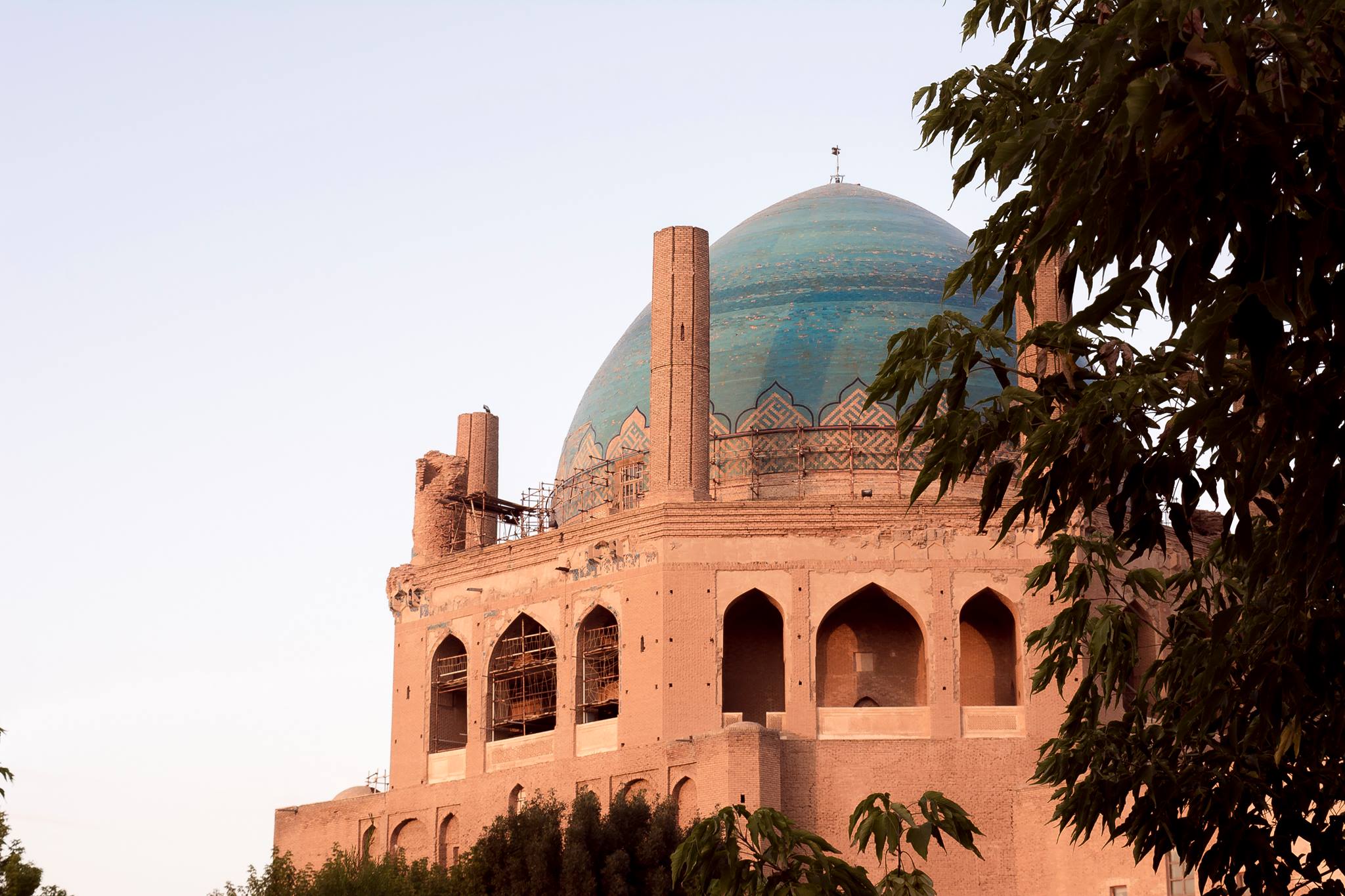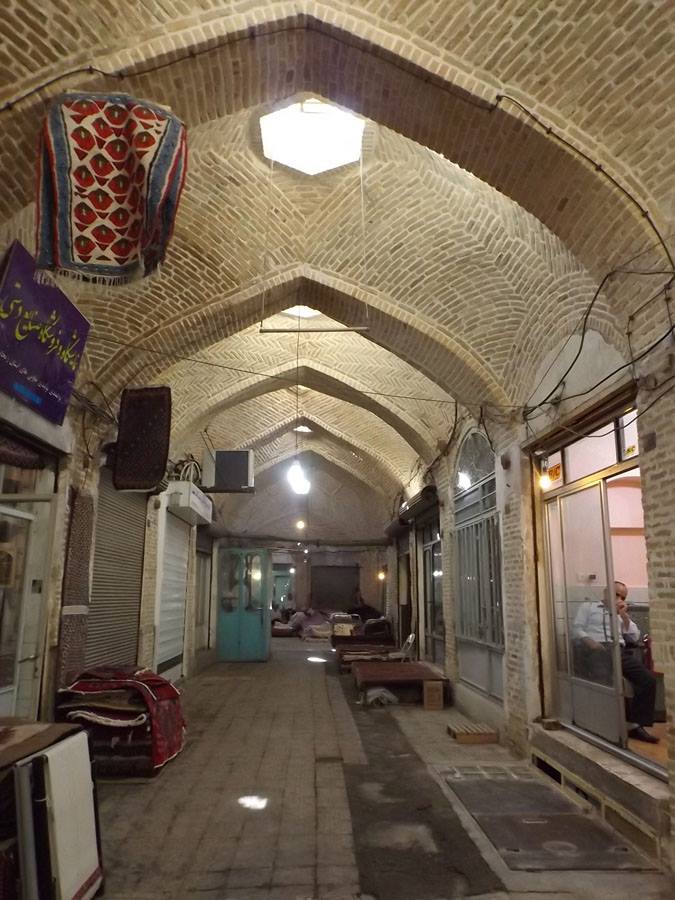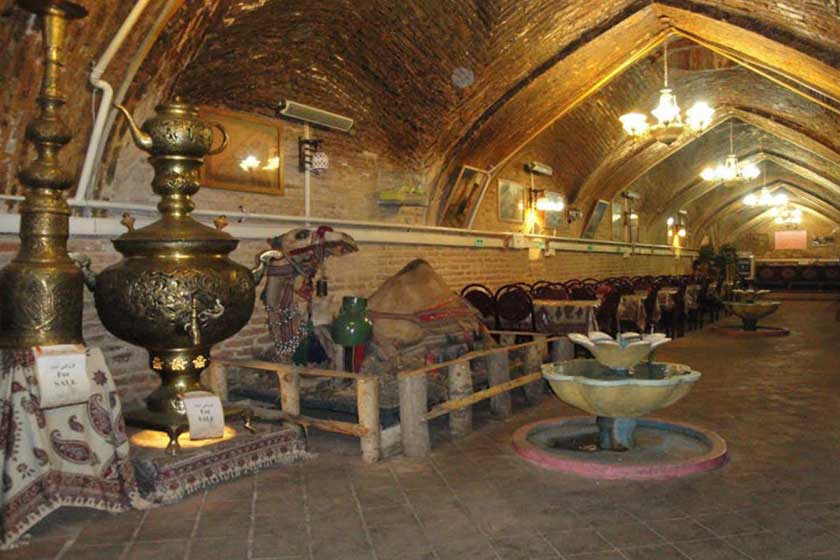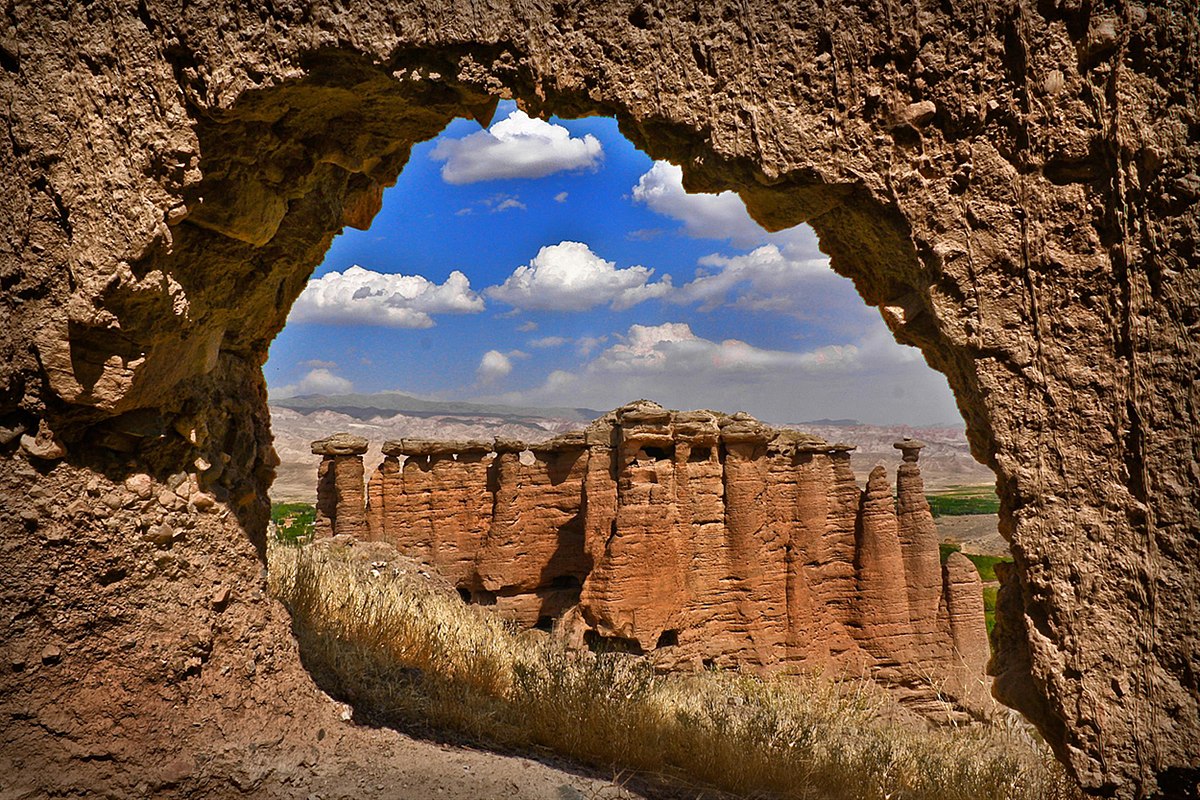ZANJAN TRAVEL GUIDE
Things to Do in Zanjan – Activities & Attractions
—————————Ο————————
Zanjan province has been located on the northwest of the Iranian Plateau and its center is Zanjan city. As geographical unit, Zanjan province has connected the Azerbaijani Plateau to the Qazvin Plain with a gentle slope. The massive dome structure of the Soltaniyeh dome, which is the largest historical dome in the world after the Florence Cathedral and Ayasofya in Istanbul, is one of the tourist attractions of this province. Zanjan has always been one the country’s most important centers of agriculture and among its handicrafts, the handcrafted knives of Zanjan are quite famous among the people. This province has many natural and historical attractions, which attract many a tourist annually to itself.
Built in the 15th century, this complex is famous monument and the greatest attraction of Zanjan province. The Soltanieh district in which the complex is situated is 43 Km from the Tehran-Zanjan highway. Dating back to 3000 years ago, the Soltanieh district had been the home of various peoples before the invasion of Iran by the Mongols. The mausoleums of Hasan Kashi and the Dome of Soltanieh are among the prominent buildings. The most significant part of the stated complex is the Soltanieh dome. It is the biggest dome in Iran and one of the most splendid buildings throughout the Islamic worlds. The construction of such a magnificently impressive building, undoubtedly, needed elaborate planning and accurate calculations.
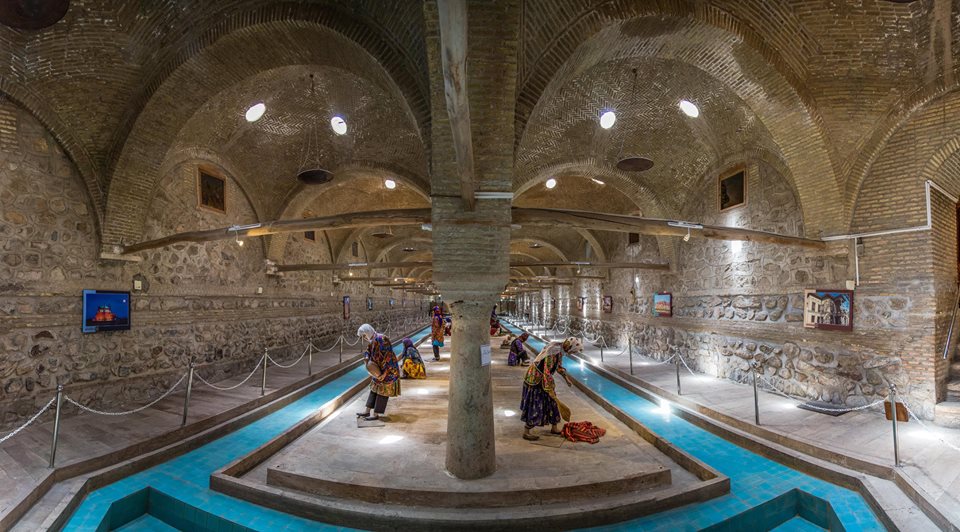
This historical monument is located in the centre of the old part of the city on Sadi Street. In the past, it served the people by washing their clothes, sheets, etc, free of charge and around the clock. The building has two main sections: the management room and the wash house. Each section is comprised of different components. This complex, with its admirable architecture, indicates the historical significance of hygiene to the Iranian people. At present, this building is used as an anthropological museum.
Because of its cultural, economic and religious significance, Zanjan’s bazaar is one of the most important historical complexes in Iran, and is a great attraction for tourists. Dating back to the Qajar period (l779-1925), the bazaar is located in the heart of the old fabric of the city. It consists of two sections: the upper bazaar and the lower bazaar. Having an area of 150000 square meters, the bazaar comprises 940 shops and two baths called Boloori and Moini. There are 56 entrances to the bazaar. In the past it could, and even now it can, meet all the needs of the people.
Built in the Safavid period (16th century), it is the oldest monument in the city. Much of this building has been ruined and at the present time the building of Oqaf, the Organization of Bequests for Pious or Charitable Purposes, has replaced it.
This wild-looking, incredibly eroded, cave-ridden mesa soars above (or, more accurately, falls into) the Qezel Owzan river in the ribbed and riven badlands 120km northwest of Zanjan. Reduced to a collection of tottering hollow hoodoos, the mesa’s human-made caves were part of a Sassanid-era fortress.
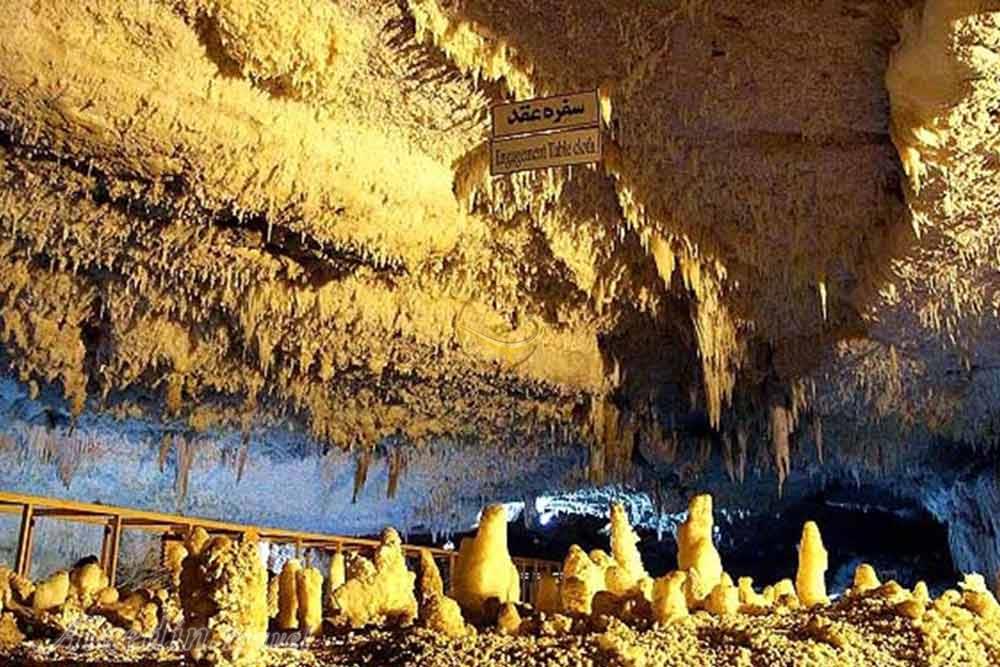
This cave is not only a longest but also the most beautiful cave of Iran given a cave phenomenones. Katale- Khor cave locates at Zanjan province and at 150km Zanjan city. Almost 3/000m from the route of this cave has been performed for building a floor and lighting and prepared for visiting the public. Despite three floors from this cave has been discovered and also from perspective of the longitude the much area of cave has been identified, but there are the undiscovered parts and routes in this cove yet. Kinds of stalagmite and stalactite as simple and composite, fungal-shaped, kinds of lime columns, colloform sediments, strip – shaped relief , lime masses as imaginary pictures, natural volumes similar to animals and other beautiful cave phenomenon s are an observable in this cave. The residence and catering possibilities around cave and it’s access road have a desired quality.
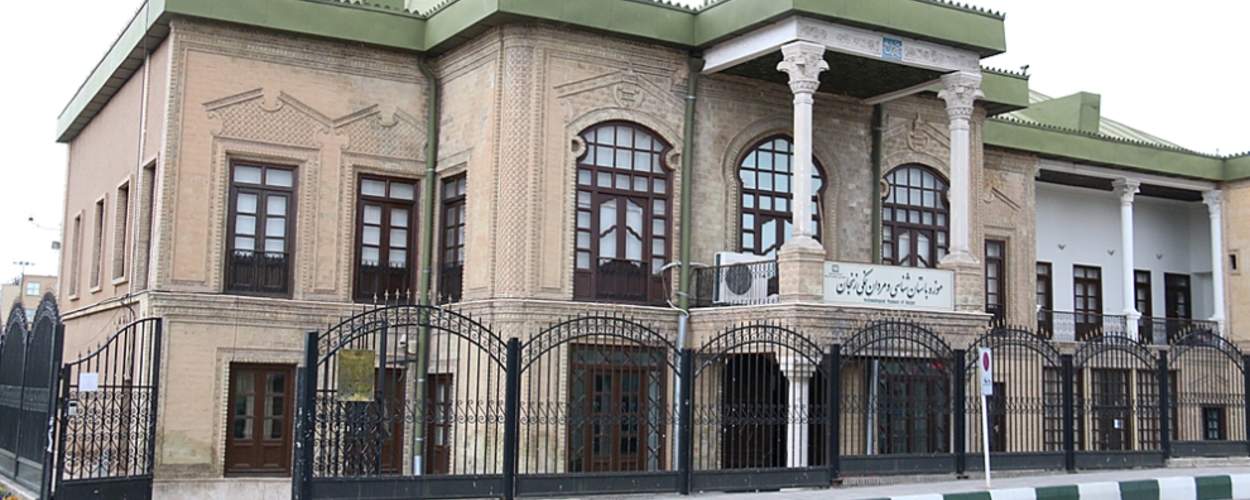
Among discovered men, three of them belonged to Achaemenid period (about 400 BC) and two of them to late periods of Sassanid dynasty (about 400 to 600 AD).
Zalfaghari Mansion is a historical monument located in an old neighborhood called “Dalan-e Alti” in the northern side of Sabze Meydan and Jame Mosque in Zanjan. After the transfer of monuments found in Chehrabad salt mine, temporary museum of mummies was created in 2007, and the first museum of archeology of Zanjan opened in Zolfaghari Mansion in 2009.

